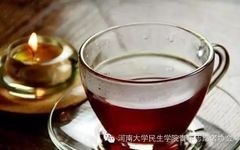Medical experts believe that after donating blood, it is essential to promptly replenish fluids. The beverages chosen can be the same as those before donation, such as brown sugar water, honey water, white sugar water, sugary fruit juices, and pure fruit juices. Additionally, the dietary principles after blood donation are as follows:
The daily water intake should be between 2000 to 2500 milliliters, and the food consumed should include 20 to 30 varieties, with the total amount of food being similar to usual. Nutritional meals should achieve a balance between staple and non-staple foods, a balance between animal and plant foods, and a balance between dry and liquid foods, while paying attention to the following points.

1. Foods rich in high-quality protein include: eggs, milk, fish, shrimp, beef, lamb, lean pork, chicken, and soy products.
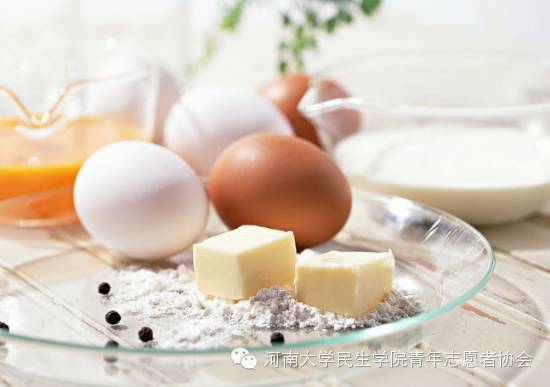
2. The first choice for iron-rich foods is animal liver, such as chicken liver, pig liver, lamb liver, and goose liver; fish, shrimp, beef, lamb, and lean pork are also effective for iron supplementation. Foods like black fungus, dried shiitake mushrooms, black sesame, black beans, nori, kelp, oat flour, red beans, mung beans, black rice, millet, and glutinous rice are also rich in iron. Some dark-colored vegetables and fruits, such as red dates, strawberries, chili peppers, shepherd’s purse, spinach, and bok choy, are also high in iron.
It is important to understand that the iron in plant-based foods is not easily absorbed by the human body and requires the assistance of gastric acid, vitamin C, and organic acids to be converted into easily absorbable ferrous iron. Therefore, we recommend that when consuming iron-rich plant foods, one should also intake vitamin C and organic acids.
3. Foods that can supplement vitamin C include jujubes, sea buckthorn, kiwi, strawberries, peaches, watermelon, apples, citrus fruits, hawthorn, pineapple, lemons, pears, red chili peppers, cauliflower, chrysanthemum greens, bitter melon, green peppers, cabbage, lettuce, green tea, tomatoes, cucumbers, leeks, and celery. Foods rich in vitamin C should be fresh, and it is best to consume them raw.
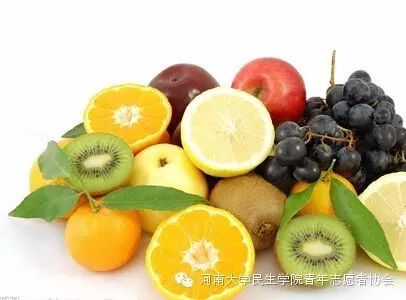
Blood-nourishing medicinal dishes:
Ginseng and Jujube Pig Liver Soup: 15-20 grams of ginseng (Dang Shen), 20 jujubes (Da Zao), and 50-100 grams of pig liver. Wash the ginseng and jujubes, soak them in warm water for 30 minutes, then add an appropriate amount of cold water, simmer for 30 minutes, strain the liquid, then add more water and boil for another 15 minutes to extract the juice. Combine the two juices and cook with the cleaned pig liver in a clay pot until cooked, season, and divide into two servings, taking one dose daily.
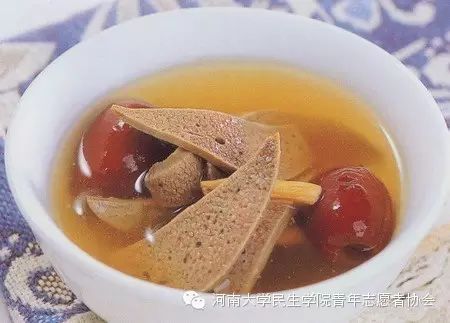
Longan and Yam Porridge: 15 grams of longan flesh (Long Yan), 30 grams of yam (Shan Yao), and 100 grams of rice. Wash the rice and cook it with longan flesh and yam in a pot with an appropriate amount of cold water until soft. Season to taste and consume once daily.
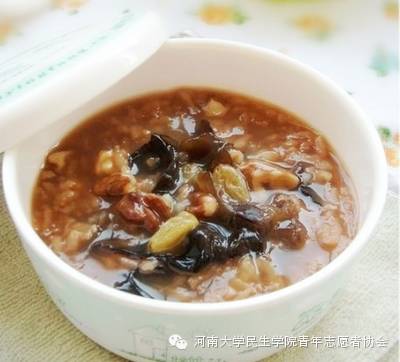
Pig Blood Soup: 500 grams of pig blood, cleaned, with a small amount of green onion, ginger, and cooking wine. Stir-fry in a pot, add an appropriate amount of water, boil until cooked, and season with a little salt and MSG before serving.
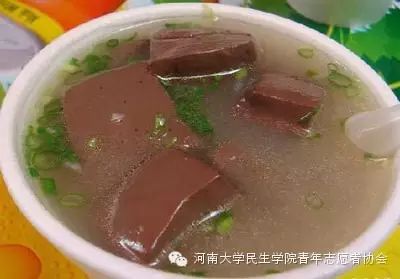
Red Date and Peanut Porridge: 10 red dates, 50 grams of skin-on peanuts, and 100 grams of rice. Wash all ingredients and cook them together in a pot with an appropriate amount of water until soft. This can be consumed twice daily.
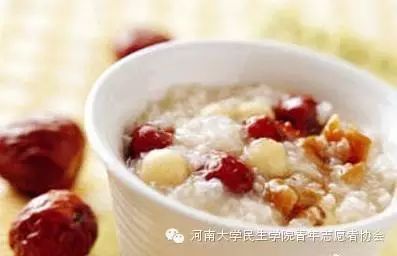
Post-blood donation precautions:
1. After donating blood, rest briefly and do not get up too quickly. Apply pressure with a cotton ball on the puncture site for three fingers, and avoid rubbing until bleeding stops after 5-10 minutes.
2. On the day of donation, pay attention to the cleanliness of the puncture site. It is better to shower rather than bathe to avoid dirty water contaminating the site and preventing infection.
3. Some donors may experience bruising at the puncture site due to improper pressure application. This is caused by a small amount of blood leaking under the skin. Cold compresses can be applied locally within 24 hours, and heat compresses can be used after 24 hours to promote healing. Bruising generally fades within about a week.
4. After donating blood, there is usually no need to increase special nutrition. It is advisable to drink more water to replenish lost fluids and maintain a normal diet. It is also good to eat some lean meat, eggs, pig liver, and high-protein soy products, along with fresh vegetables like cabbage, spinach, and celery. Avoid supplements and excessive eating and drinking to maintain health; just ensure a balanced diet.
5. Avoid vigorous exercise within 24 hours, rest appropriately, and do not engage in high-altitude work, high-temperature work, sports competitions, or all-night activities on the day of donation. Those who feel fatigued should ensure adequate sleep, which will help them recover quickly.

